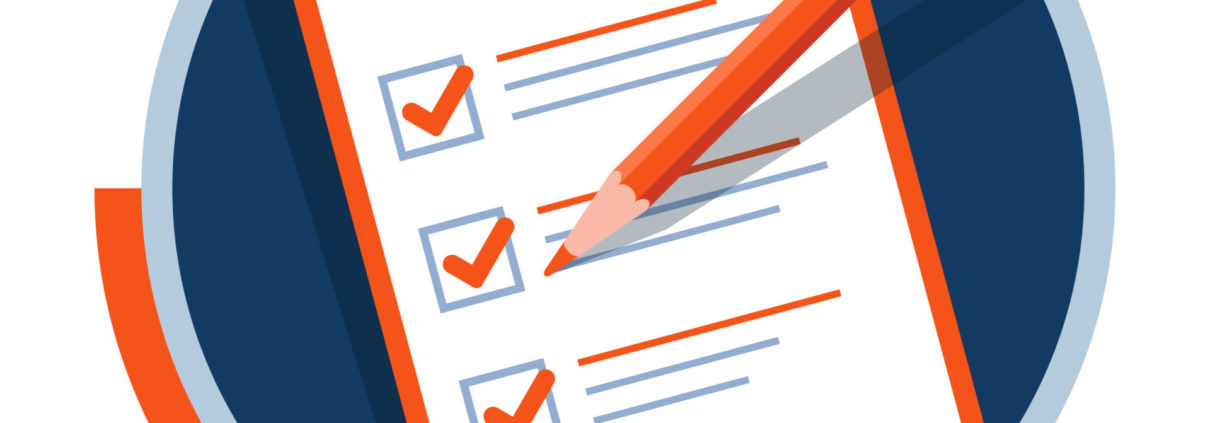NCPA Multiple Locations Conference Panel Discussion Part 2 of 2
On February 25, 2023, President of PAAS National®, Trent Thiede, had the privilege of participating in a Panel Discussion entitled Marketplace Prescription Dynamics Sure to Shape Your Business Strategies. While traversing several different topic areas, there are two core issues that are important for PAAS members: discount/cash cards and biosimilar adoption in 2023. PAAS Audit Assistance members can see Discount/Cash Cards Are Disruptors in the Industry from our March Newsline.
While Semglee® was the first interchangeable biosimilar to market back in 2021, Humira has been grabbing attention because of its status as the pharma-GOAT: Greatest Of All Time (in terms of sales) as coined by Doug Hoey from NCPA. If you’re not familiar with the onslaught of biosimilars, reference this chart below from Cardinal Health’s biosimilar landscape overview. To summarize, there are 8 FDA approved biosimilars, and 5 more pending FDA approval. Cyltezo, which should be coming to market this summer, has been approved as an interchangeable biosimilar. Four additional products referenced are seeking interchangeability status.
FDA Approved
| Product |
Company |
Estimated launch |
Concentration |
Seeking interchangeability |
Citrate free |
Latex free |
Needle size |
| Amjevita™ |
Amgen |
January 31, 2023 |
Low (50MG) |
No |
Yes |
Yes |
29G Syr. / 27G Pen |
| Hadlima™ |
Organon |
July 1, 2023 |
Low (50MG) |
No |
No |
Yes |
29G Syr. / 29G Pen |
| Cyltezo™ |
Boehringer
Ingelheim |
July 1, 2023 |
Low (50MG) |
Yes, Approved
October 18, 2021 |
Yes |
No |
27G Syr. / 27G Pen |
| Yusimry™ |
Coherus |
July 1, 2023 |
Low (50MG) |
No |
Yes |
Yes |
Unknown |
| Hulio™ |
Viatris |
July 31, 2023 |
Low (50MG) |
No |
Yes |
Yes |
29G Syr. / 29G Pen |
| Hyrimoz™ |
Sandoz |
July 1, 2023 |
Low (50MG) |
No |
No |
No |
27G Syr. / 27G Pen |
| Abrilada™ |
Pfizer |
November 20, 2023 |
Low (50MG) |
Yes |
Yes |
Yes |
29G Syr. / 29G Pen |
| Idacio™ |
Fresenius Kabi |
September 30, 2023 |
Low (50MG) |
No |
Yes |
Yes |
29G Syr. / 29G Pen |
Pending Approval
| Product |
Company |
Estimated launch |
Concentration |
Seeking interchangeability |
Citrate free |
Latex free |
Needle size |
| SB5-HC |
Organon |
July 1, 2023 |
High (100MG) |
Yes |
Yes |
Yes |
29G Syr. / 29G Pen |
| AVT-02 |
Teva |
July 1, 2023 |
High (100MG) |
Yes |
Yes |
Yes |
Unknown |
| Yuflyma |
Celltrion |
July 1, 2023 |
High (100MG) |
No |
Yes |
Yes |
29G Syr. / 29G Pen |
| ABP – 501 HC |
Amgen |
TBD |
High (100MG) |
Yes |
Yes |
No |
29G Syr. / 27G Pen |
| Hyrimoz HCF |
Sandoz |
July 1, 2023 |
High (100MG) |
No |
Yes |
No |
27G Syr. / 27G Pen |
While Amjevita™ came to market in January, pharmacies need to be cognizant that it is a biosimilar but does not have interchangeability status. PAAS Audit Assistance members can see Biologic Drug Substitution in this month’s Newsline for additional information on biologic substitutions.
Biosimilar adoption relies, at least in part, on pharmacists. There was a report issued by Cardinal Health that identified > 60% of dermatologists, rheumatologists, and gastroenterologists would NOT feel comfortable prescribing a biosimilar if it did not have the interchangeability designation. Pharmacists can think of these biosimilars as alternative brands. There’s not likely to be great uptake in market share unless providers are aware and more willing to prescribe.
Additionally, OptumRx, Express Scripts and Prime Therapeutics are keeping Humira on formulary at parity with biosimilars, meaning patients won’t have a financial reason to switch. Why change to a biosimilar if you can continue to take Humira for no additional cost? Perhaps patients new to therapy could try a biosimilar first, but it seems to reason that adoption will be slow in 2023.
PAAS Tips:
Become an audit assistance member today to continue reading this article. As a member, you’ll have access to hundreds of articles and receive our monthly proactive newsletter!
- Cyltezo is currently the only FDA approved interchangeable biosimilar for Humira (coming to market July of 2023)
- Some large payers are keeping Humira on formulary for 2023, but other may not
- Watch for soft-rejects alerting pharmacies to preferred biosimilars
- PBMs may allow Humira to process, but severely underpay the claim
- See PAAS’ Biologic Injectable Medication and Insulin Medication chart for interchangeable biosimilars
- Use the FDA Purple Book as a resource for biosimilars and interchangeability












